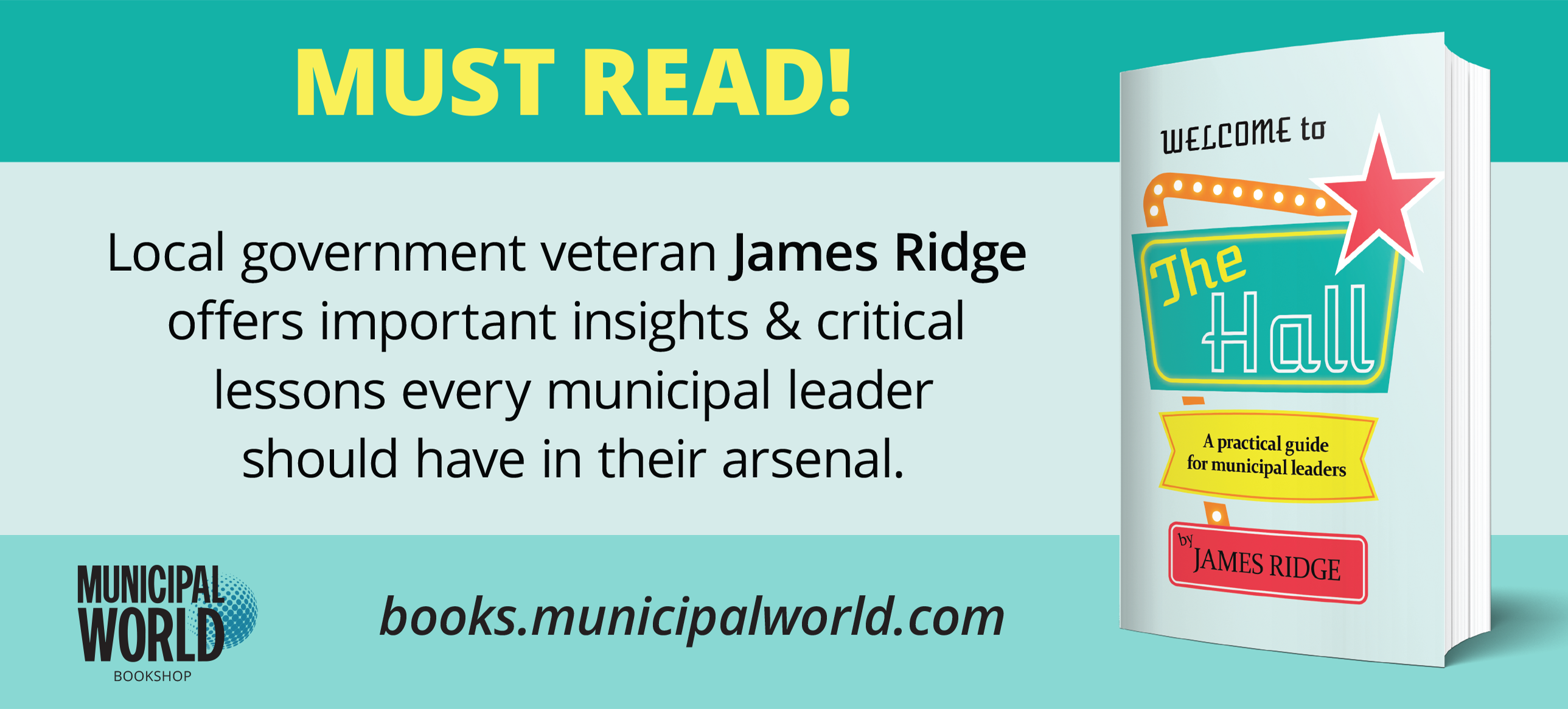Six steps for bottom-up succession planning

In the not-so-distant past, the traditional career path (or at least the one traveled by the baby boomers) started with an entry level position, leading to a series of promotions, as front line supervisor, then manager with broader responsibilities and accountability, and so on – often with a single employer. Today, however, the “cradle-to-grave” employment experience has gone the way of the do-do bird, and it is now an accepted norm that the average working person will have several careers and numerous jobs over the span of their lifetime.
Fundamental Steps
Given today’s workplace reality, the succession plan now calls for a number of fundamental steps.
1. Identify position requirements
In conjunction with the current incumbents, develop a clear description of the roles (jobs) along with the demands on the jobs and the qualifications and characteristics required of a person to be successful in the job.
2. Consider internal talent pool
Survey the internal talent pool to determine the level of interest and for which positions. Avoid naming anyone “crown prince” too soon or setting the expectations too high. These conversations can be made easier by explaining to people that they are considered to have the potential to be promoted, but need to develop certain skills and/or traits to get to that next level in the future.
3. Conduct a gap analysis
Conduct a comparison of the qualifications and characteristics required of the subject jobs against those of the candidates interested in filling those jobs
4. Determine optimal source of talent
Use the resulting gap analysis to form the basis for a career action plan for the candidates. The action plans must be quantifiable, time limited, and realistically achievable. Furthermore, the employer and the employee need to participate in the action plan – the employee, by doing the work (even on their own time) and the employer, through contributions of work time, tuition, and work opportunities.
5. Develop a training plan
Based on the conglomeration of those plans, identify the time frames necessary for an adequate pool of candidates to be prepared to compete for each key position. This will result in three lists. A list of positions that will be filled internally, a list of positions that will be filled externally, and a list of positions that will be filled from a mixed pool of internal and external candidates.
6. Re-assess
Be prepared to conduct regular (annual) check-ups to ensure that everybody remains on track and to make the necessary course adjustments when changes occur in goals, qualifications, structure, and/or aspirations. This will also result in shifts in the three lists noted in Step 5 above.
Planning for the Entry Level
The key to this type of approach is having an adequate (in terms of numbers of qualified candidates) internal talent pool. However, consider the concept of succession planning for entry level jobs. This is not an oxymoron. Currently, when an organization needs to replenish entry level vacancies, an external recruitment campaign is launched; the understaffed department muddles through with overtime, temporary help, and/or allows a backlog of work to build up. The time frames are relatively controllable and the costs to the organization can be managed.
When planning for entry level employees, weigh the answers to the following questions:
- How many employees are over 45, 50, 55, and 60?
- How many of those employees are in front-line jobs, supervisory jobs, and management jobs?
- Do the supervisory jobs get filled from the front-line ranks?
- Do the management jobs get filled from the supervisory ranks?
- How long does it take to train a new employee to the point of competence in each of these levels?
- What was the average retirement age in your organization each year over the last 10 years in each of these levels?
- Who are you in competition with for your work force?
- Is your competition for employees facing a similar challenge? If not, why not?
- What are the implications of running key departments understaffed for significant periods?
- What does your collective agreement require in terms of opportunities for employees to transfer between jobs?
- What are the alternatives to hiring?
Meeting Your Requirements for the Future
The answers to the first 10 questions above will tell you what resources your organization will likely need, when they will need them, and the internal and external pressures/barriers to successfully meeting your organization’s human resource requirements.
The answer to the final question may present a number of good options – as well as a number of challenges. When answering this question, consideration should be given to the ease and expense involved in repatriating that work at a later date should the need arise.
If you consider the pyramid shape of your organization and give weight to its demographic reality, the conclusions drawn should be relatively straightforward. More than ever, a succession plan that considers the entire organization from the bottom up is important to any organization’s ability to stay focused on its strategic goals and minimize the distractions that inevitably flow from being understaffed and unprepared. MW
A version of this article appeared in Municipal World, August 2010
Joe Levack is a management consultant with over 20 years experience in the private and public sectors, specializing in all areas of labour relations and human resource management.
John Skorobohacz, the former CAO for the Town of Innisfil, is currently the CAO for the Town of Midland and has been in municipal administration for over 28 years, working in both small and large municipalities.
Related resource materials:



